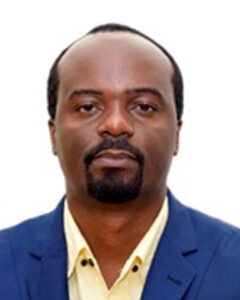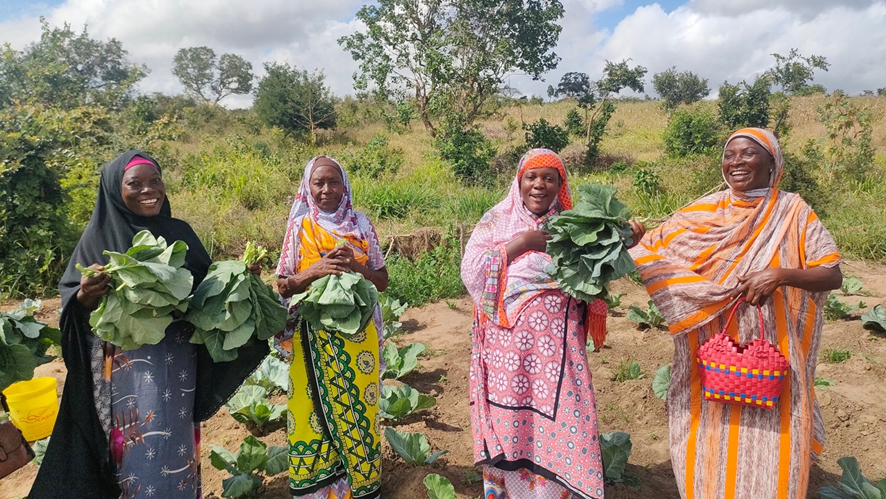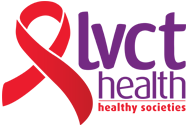USAID Stawisha Pwani
Health Services Support Activity in Coastal Kenya
Region: Coastal Kenya (Kilifi, Mombasa, Kwale and Taita Taveta)
Funder: U.S. Agency for International Development (USAID), U.S. President’s Emergency Plan for AIDS Relief (PEPFAR)
Project Duration: 2021 – 2026
Meet the Project Lead

Dr. Patrick Oyaro
Chief of Party, USAID Stawisha Pwani
USAID Stawisha Pwani is a five-year program funded by the President’s Emergency Plan for AIDS Relief (PEPFAR) through the US Agency for International Development (USAID) to increase the use of quality county-led health services support and sustainability in quality of health services and systems for communities living in four coastal counties-Kilifi, Mombasa, Kwale and Taita Taveta.
Our Work
As the lead implementing organization in a consortium of strategic partners, LVCT Health oversees overall project management and provides technical leadership. Additionally, LVCT Health leads interventions to strengthen county health systems with a focus on HIV Prevention & Treatment, Family Planning, Reproductive, Maternal, Child and Adolescent Health (FP/RMNCAH), and Nutrition.
We also work to build the capacity of our local partners to implement quality assurance and coordination of monitoring and evaluation towards achieving sustainability in quality and systems of health services in the four coastal counties.
Project Objectives
The specific objectives of the project are:
- Increased demand for and access to quality HIV prevention services.
- Increased demand for and access to quality HIV treatment services.
- Use of quality FP, Reproductive, Maternal, Newborn, Child & Adolescent Health and Nutrition services (FP/RMNCAH).
- Strengthened capacity of county health systems, local partners and communities to deliver quality health services.
Our Achievements/Impact

Since inception, the project has contributed the following results as at end of December 2023.
- Supported provision of targeted HIV testing and counseling services to 1,249,371 people
- 23,618 of tests with HIV positive result
- 22,199 of clients initiated on PrEP (PrEP New only)
- 24,688 of clients reached with prevention services (KP_PrEV)
- 123,377 HIV Self-Testing (HIVST) distributed with the aim of reaching men and youth
- Linked 21,690 (92%) clients with HIV+ results to life saving antiretroviral treatment (ART) (TX_NEW)
- 68,524 (3,069 0 -14Yrs, 4,793 15-24yrs, 60,662 25+yrs) people currently on life saving ART treatment as at Jan 2024 (TX_CURR)
- 2% Proportion of virally suppressed individuals as at Jan 2024 (<=199)
- 9,443 pregnant or breast-feeding women who had a positive HIV test or know HIV positive status (PMTCT_POS)
- 9,296 (98%) pregnant or breastfeeding living with HIV started or are on ART treatment (PMTCT_ART)
- 120 exposed children tested positive < 2months and 2 to 12 months of age (PMTCT_EID_POS)
- 116 (97%) started ART treatment (PMTCT_EID_ART)
- 3,461 TB/HIV co-infected and 3,341 treated for TB infection
- 73,702 pregnant mothers attended 1st ANC services
- 46,916 pregnant mothers completed 4th ANC visits
- 56,076 skilled birth deliveries conducted with 53,454(95%) receiving uterotonics within the recommended one minute
- 36,537 less than 1-year children fully immunized
- 184,586 Couple Years of Protection (CYP)
- 437,011 children 6 – 59 months given Vitamin A supplement
- 345 sites supported
- 191 EMR (191 CCC, 88 PMTCT, 126 eHTS)
- 1 EID/VL Molecular laboratory, 22 CD4 Testing sites, 11 TB Gene Xpert sites, 4 TB TrueNat sites,
- 30 RTRI sites
- 6 Laboratories ISO 15189 Accredited,
- 11 local implementing partners supported by the project
